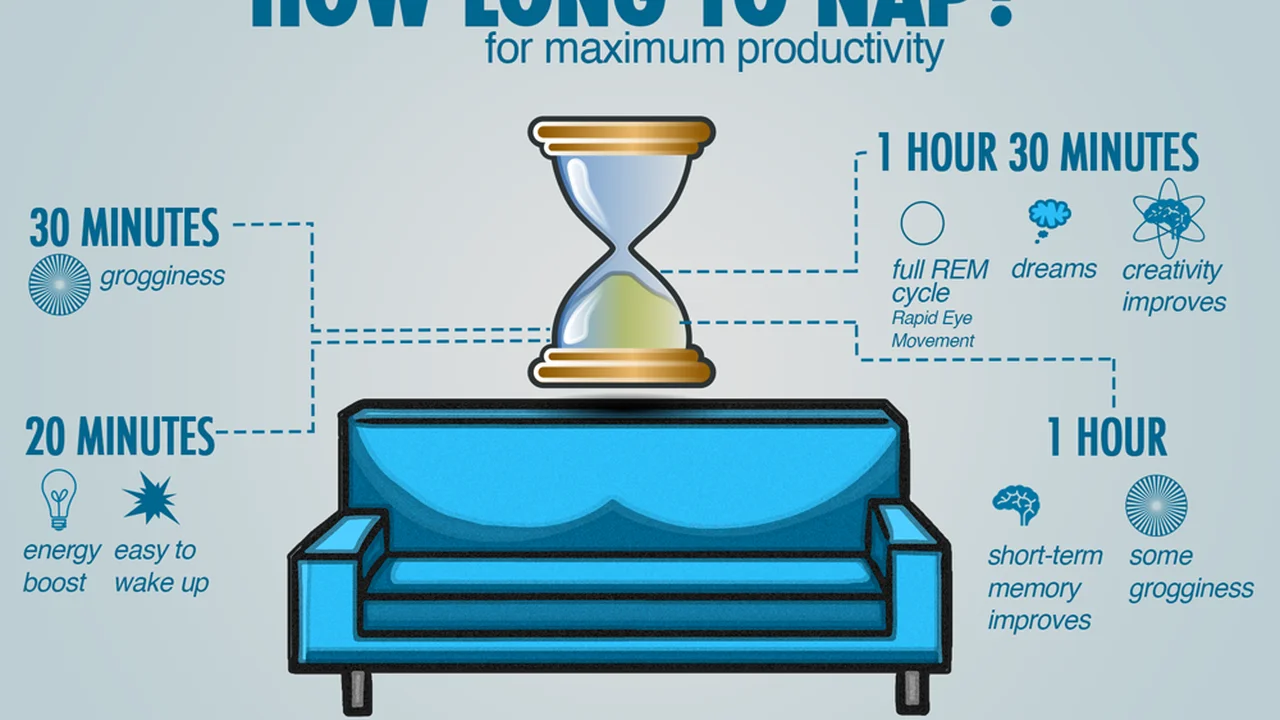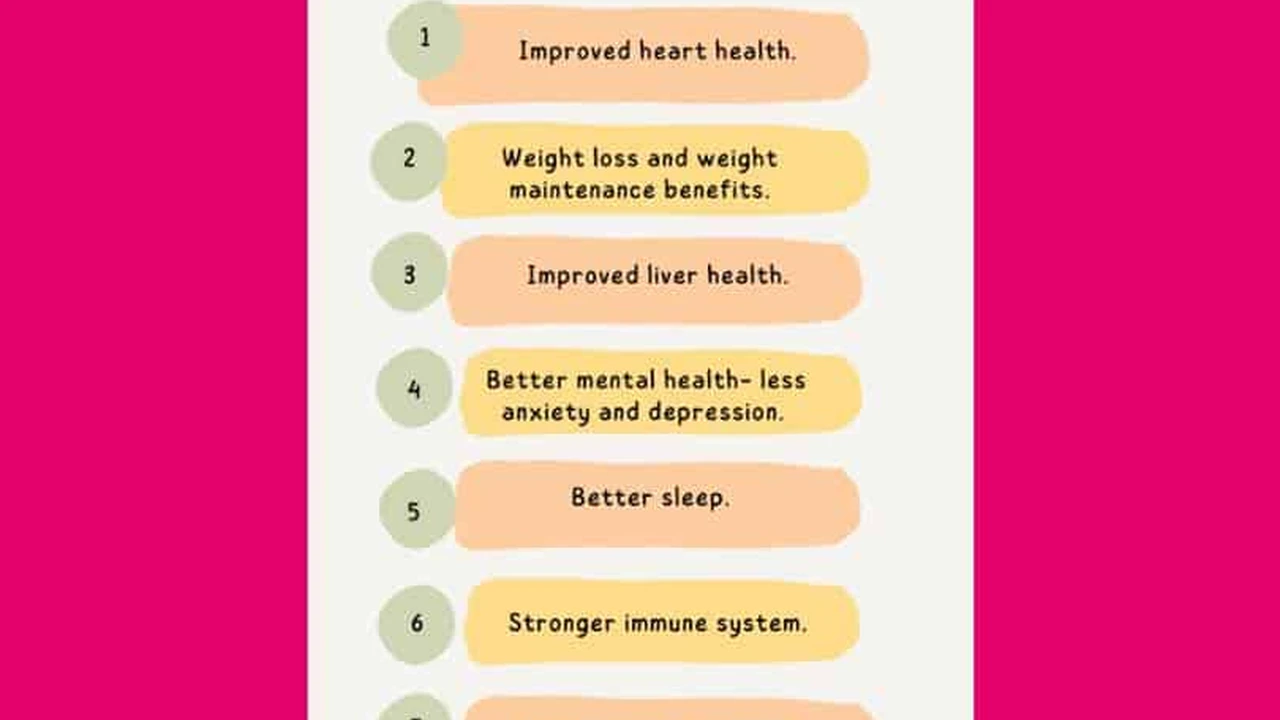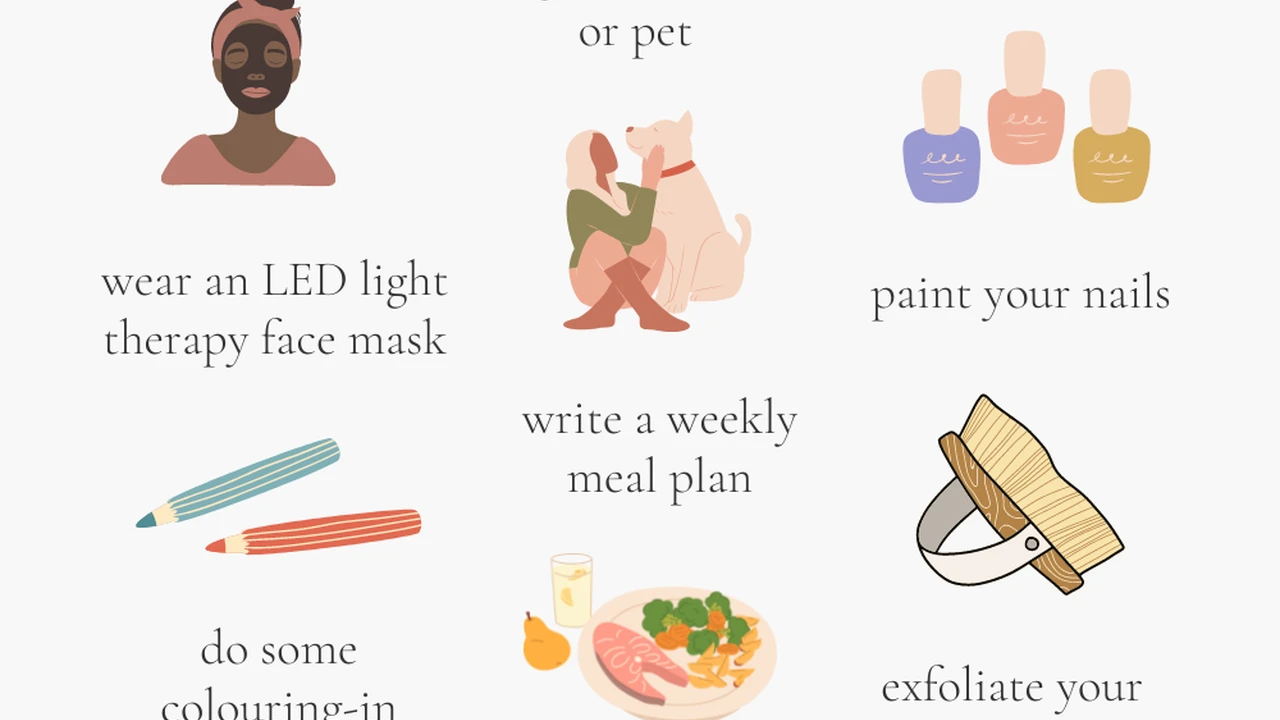The Benefits of Napping: When and How to Nap Effectively

meta description: Protecting your skin from the sun is crucial for preventing skin cancer. Learn about the importance of sun protection and how to choose the right sunscreen. Shield your skin from harmful UV rays and reduce your risk of skin cancer.
Understanding the Risks: Why Sun Protection Matters for Skin Cancer Prevention
Skin cancer is the most common type of cancer in the world, and a significant portion of cases are directly linked to excessive exposure to ultraviolet (UV) radiation from the sun. Understanding the risks associated with sun exposure is the first step in effectively preventing skin cancer. The sun emits two primary types of UV radiation that can damage your skin: UVA and UVB.
- UVA rays penetrate deep into the skin, causing premature aging, wrinkles, and sunspots. They can also indirectly damage DNA, contributing to the development of skin cancer.
- UVB rays primarily affect the outer layers of the skin, causing sunburns, blistering, and direct DNA damage. They are the primary cause of most skin cancers, including melanoma, basal cell carcinoma, and squamous cell carcinoma.
Even on cloudy days, UV rays can still penetrate the atmosphere and damage your skin. Certain factors can increase your risk of sun damage and skin cancer, including:
- Fair skin: People with fair skin have less melanin, the pigment that protects the skin from UV radiation.
- A history of sunburns: Sunburns are a sign of significant DNA damage and increase your risk of skin cancer later in life.
- A family history of skin cancer: Genetic factors can increase your susceptibility to skin cancer.
- A weakened immune system: People with weakened immune systems are more vulnerable to the effects of UV radiation.
- Living in a sunny climate: People who live in sunny climates are exposed to higher levels of UV radiation throughout the year.
Therefore, implementing effective sun protection strategies is paramount for everyone, regardless of skin type or location. It's not just about avoiding sunburns; it's about minimizing cumulative sun damage over a lifetime.
The ABCs of Sunscreen: Choosing the Right Sunscreen for Optimal Skin Cancer Protection
Sunscreen is your first line of defense against harmful UV rays. However, not all sunscreens are created equal. Choosing the right sunscreen is essential for optimal skin cancer protection. Here are some key factors to consider:
- SPF (Sun Protection Factor): SPF measures how well a sunscreen protects against UVB rays. The higher the SPF, the more protection it provides. Dermatologists generally recommend using a sunscreen with an SPF of 30 or higher. SPF 30 blocks approximately 97% of UVB rays, while SPF 50 blocks about 98%. While higher SPFs offer slightly more protection, the difference is minimal, and no sunscreen can block 100% of UV rays.
- Broad Spectrum Protection: A broad-spectrum sunscreen protects against both UVA and UVB rays. Look for the words "broad spectrum" on the label. This ensures you're shielded from the aging effects of UVA rays and the burning effects of UVB rays.
- Water Resistance: Water-resistant sunscreens remain effective for a certain period of time when you're sweating or swimming. However, they eventually wash off, so it's important to reapply them frequently, especially after swimming or sweating. Look for labels that indicate how long the sunscreen remains effective (e.g., "water-resistant for 40 minutes" or "water-resistant for 80 minutes").
- Ingredients: Sunscreens contain either chemical or mineral (physical) ingredients that protect the skin.
- Chemical sunscreens absorb UV radiation and convert it into heat, which is then released from the skin. Common chemical sunscreen ingredients include avobenzone, octinoxate, octisalate, and oxybenzone. Oxybenzone has raised some concerns about potential hormone disruption and coral reef damage, so it's best to choose sunscreens without this ingredient.
- Mineral sunscreens, also known as physical sunscreens, create a physical barrier on the skin that reflects UV radiation. The active ingredients are typically zinc oxide and titanium dioxide. Mineral sunscreens are generally considered safer for sensitive skin and the environment. They're also less likely to cause allergic reactions.
- Skin Type: Consider your skin type when choosing a sunscreen.
- Oily skin: Look for oil-free or non-comedogenic sunscreens to avoid clogging pores. Gel or lotion formulations are often a good choice.
- Dry skin: Choose a moisturizing sunscreen with ingredients like hyaluronic acid or ceramides. Cream formulations are typically best for dry skin.
- Sensitive skin: Opt for mineral sunscreens with zinc oxide and titanium dioxide, as they are less likely to cause irritation. Avoid sunscreens with fragrances, dyes, and parabens.
Application Techniques: How to Apply Sunscreen Effectively for Skin Cancer Prevention
Applying sunscreen correctly is just as important as choosing the right sunscreen. Many people don't apply enough sunscreen or don't reapply it frequently enough, which significantly reduces its effectiveness. Here are some tips for applying sunscreen effectively:
- Apply liberally: Use about one ounce (a shot glass full) of sunscreen to cover your entire body. Don't skimp on the amount!
- Apply 15-30 minutes before sun exposure: This allows the sunscreen to absorb into the skin and form a protective barrier.
- Reapply every two hours: Sunscreen wears off over time, especially after swimming, sweating, or toweling off. Reapply every two hours, or more frequently if needed.
- Don't forget often-missed areas: Pay attention to areas that are often overlooked, such as your ears, neck, back of your hands, tops of your feet, and hairline.
- Use sunscreen even on cloudy days: UV rays can penetrate clouds, so it's important to wear sunscreen even when the sun isn't shining brightly.
- Consider using a sunscreen lip balm: Your lips are particularly vulnerable to sun damage. Use a lip balm with an SPF of 30 or higher.
Beyond Sunscreen: Additional Sun Protection Strategies for Skin Cancer Prevention
Sunscreen is an essential part of sun protection, but it's not the only measure you should take. Combining sunscreen with other sun protection strategies can significantly reduce your risk of skin cancer:
- Seek shade: The sun's rays are strongest between 10 a.m. and 4 p.m. During these hours, try to seek shade whenever possible.
- Wear protective clothing: Wear long-sleeved shirts, pants, and wide-brimmed hats to shield your skin from the sun. Look for clothing with a UPF (Ultraviolet Protection Factor) rating, which indicates how well it blocks UV radiation.
- Wear sunglasses: Protect your eyes from UV radiation by wearing sunglasses that block 100% of UVA and UVB rays.
- Avoid tanning beds: Tanning beds emit harmful UV radiation that can significantly increase your risk of skin cancer.
- Be mindful of reflective surfaces: Water, sand, and snow can reflect UV radiation, increasing your exposure. Take extra precautions when you're near these surfaces.
- Check your skin regularly: Perform regular self-exams to look for any new moles, changes in existing moles, or other unusual skin growths. If you notice anything suspicious, see a dermatologist.
Sunscreen Product Recommendations: Top Choices for Different Needs and Skin Types
Here are some recommended sunscreens, categorized by their features and suitability for different skin types and activities:
Mineral Sunscreens (Zinc Oxide and Titanium Dioxide) for Sensitive Skin and Environmental Concerns:
- Thinksport Safe Sunscreen SPF 50: This mineral sunscreen is water-resistant (80 minutes), reef-safe, and free of harmful chemicals. It's a great choice for sensitive skin and active individuals. It's a bit thicker than chemical sunscreens, so make sure to rub it in well.
- Use Case: Swimming, surfing, outdoor sports, daily use for sensitive skin
- Pros: Reef-safe, good for sensitive skin, water-resistant, high SPF
- Cons: Can leave a slight white cast, thicker consistency
- Price: ~$20 per 3 oz bottle
- EltaMD UV Clear Broad-Spectrum SPF 46: While technically a hybrid (contains both mineral and a small amount of chemical filters for enhanced UVA protection), many dermatologists recommend this for sensitive and acne-prone skin. It contains niacinamide to help calm redness and inflammation.
- Use Case: Daily use, acne-prone skin, sensitive skin, rosacea
- Pros: Lightweight, non-comedogenic, helps calm redness, blends well
- Cons: More expensive than some other options, smaller bottle size
- Price: ~$37 per 1.7 oz bottle
- Blue Lizard Australian Sunscreen Sensitive SPF 30: This sunscreen is designed for sensitive skin and contains zinc oxide and titanium dioxide. The bottle even changes color in UV light, reminding you to apply!
- Use Case: Daily use, sensitive skin, kids
- Pros: Good for sensitive skin, color-changing bottle is fun for kids, relatively affordable
- Cons: Can leave a slight white cast, not as water-resistant as some other options
- Price: ~$15 per 5 oz bottle
Chemical Sunscreens for Lightweight Feel and High Performance:
- La Roche-Posay Anthelios Melt-In Sunscreen Milk SPF 60: This sunscreen is lightweight, absorbs quickly, and provides broad-spectrum protection. It's a good choice for those who don't like the feel of traditional sunscreens.
- Use Case: Daily use, all skin types
- Pros: Lightweight, absorbs quickly, high SPF, doesn't leave a white cast
- Cons: Contains chemical filters that may not be suitable for very sensitive skin
- Price: ~$36 per 5 oz bottle
- Neutrogena Ultra Sheer Dry-Touch Sunscreen SPF 55: A widely available and affordable option, this sunscreen is oil-free and non-comedogenic, making it suitable for oily and acne-prone skin.
- Use Case: Daily use, oily skin, affordable option
- Pros: Affordable, lightweight, oil-free, readily available
- Cons: Contains chemical filters, may not be suitable for very sensitive skin, some users find it drying
- Price: ~$10 per 3 oz bottle
- Supergoop! Unseen Sunscreen SPF 40: This unique sunscreen has a clear, gel-like texture that feels like a primer. It's a great choice for wearing under makeup.
- Use Case: Daily use, under makeup, all skin types
- Pros: Invisible finish, works well under makeup, lightweight
- Cons: Expensive, contains chemical filters, lower SPF compared to some other options
- Price: ~$34 per 1.7 oz bottle
Sunscreen Sticks for Easy Application and Portability:
- Neutrogena Wet Skin Kids Sunscreen Stick SPF 70: This sunscreen stick is designed for kids and can be applied to wet or dry skin. It's a convenient option for reapplying sunscreen on the go.
- Use Case: Kids, swimming, outdoor activities, easy reapplication
- Pros: Easy to apply, can be applied to wet skin, high SPF
- Cons: Can be greasy, leaves a slight residue
- Price: ~$12 per 1.5 oz stick
- EltaMD UV Stick Broad-Spectrum SPF 50+: Another great option from EltaMD, this stick offers broad-spectrum protection in a convenient format.
- Use Case: Targeted application (ears, nose), travel, easy reapplication
- Pros: Easy to apply, non-greasy, good for sensitive skin
- Cons: More expensive than some other options, smaller size
- Price: ~$32 per 0.7 oz stick
- CeraVe Sunscreen Stick SPF 50: This mineral sunscreen stick contains ceramides to help moisturize the skin. It's a good choice for dry and sensitive skin.
- Use Case: Dry skin, sensitive skin, targeted application
- Pros: Contains ceramides, good for dry skin, fragrance-free
- Cons: Can leave a slight white cast, may be difficult to blend completely
- Price: ~$11 per 0.5 oz stick
Sunscreen Lip Balms for Protecting Your Lips:
- Aquaphor Lip Protectant + Sunscreen SPF 30: This lip balm provides broad-spectrum protection and helps to heal dry, cracked lips.
- Use Case: Daily lip protection, dry lips, sun exposure
- Pros: Moisturizing, affordable, readily available
- Cons: Can feel a bit greasy
- Price: ~$4 per tube
- EltaMD UV Lip Balm Broad-Spectrum SPF 31: This lip balm contains zinc oxide for broad-spectrum protection and is fragrance-free.
- Use Case: Sensitive lips, sun exposure, daily lip protection
- Pros: Fragrance-free, contains zinc oxide
- Cons: More expensive than some other options
- Price: ~$11 per tube
- COOLA Liplux Organic Hydrating Lip Oil Sunscreen SPF 30: Adds a hint of color while protecting your lips.
- Use Case: Everyday wear, lip color with sun protection
- Pros: Adds color, organic ingredients
- Cons: More expensive than some options
- Price: ~$18 per tube
Important Note: Prices are approximate and can vary depending on the retailer and promotions. Always check the ingredient list to ensure the sunscreen is suitable for your skin type and any sensitivities you may have. Also, remember that sunscreen is only one part of a comprehensive sun protection strategy. Combine it with seeking shade, wearing protective clothing, and avoiding peak sun hours for the best possible protection against skin cancer.
Common Sunscreen Myths Busted: Separating Fact from Fiction in Skin Cancer Prevention
There are many misconceptions surrounding sunscreen and sun protection. Let's debunk some common myths:
- Myth: "I don't need sunscreen on cloudy days." Fact: UV rays can penetrate clouds, so you still need sunscreen even when it's overcast.
- Myth: "I don't need sunscreen if I have dark skin." Fact: While dark skin has more melanin, it's still susceptible to sun damage and skin cancer. Everyone needs sunscreen, regardless of skin color.
- Myth: "A high SPF means I don't need to reapply as often." Fact: Sunscreen wears off over time, regardless of the SPF. You still need to reapply every two hours, or more frequently if you're swimming or sweating.
- Myth: "I can't get sunburned in the shade." Fact: While shade can reduce your UV exposure, some UV rays can still reach you, especially if you're near reflective surfaces like water or sand.
- Myth: "Sunscreen is only necessary in the summer." Fact: UV rays are present year-round, so you need to wear sunscreen even in the winter.
- Myth: "All sunscreens are bad for the environment." Fact: While some chemical sunscreens contain ingredients that can harm coral reefs, mineral sunscreens with zinc oxide and titanium dioxide are generally considered safer for the environment. Look for "reef-safe" sunscreens.
Integrating Sun Protection into Your Daily Routine: Making Skin Cancer Prevention a Habit
Making sun protection a daily habit is key to preventing skin cancer. Here are some tips for incorporating sun protection into your routine:
- Keep sunscreen in a convenient location: Place sunscreen near your keys, wallet, or other items you use every day to remind you to apply it before leaving the house.
- Set a reminder on your phone: Set a reminder to reapply sunscreen every two hours, especially during peak sun hours.
- Choose clothing with UPF protection: Wear clothing with a UPF rating when you're spending time outdoors.
- Make it a family affair: Encourage your family members to practice sun protection habits as well.
- Educate yourself: Stay informed about the latest research on sun protection and skin cancer prevention.
Recognizing Skin Cancer: Early Detection is Key for Survival
While prevention is crucial, early detection of skin cancer is also essential for successful treatment. Familiarize yourself with the ABCDEs of melanoma, a helpful guide for identifying suspicious moles:
- Asymmetry: One half of the mole does not match the other half.
- Border: The border of the mole is irregular, notched, or blurred.
- Color: The mole has uneven colors, such as black, brown, or tan.
- Diameter: The mole is larger than 6 millimeters (about the size of a pencil eraser).
- Evolving: The mole is changing in size, shape, or color.
If you notice any of these signs, see a dermatologist immediately. Early detection and treatment can significantly improve your chances of survival.
Sun protection is a lifelong commitment. By understanding the risks of sun exposure, choosing the right sunscreen, applying it correctly, and integrating other sun protection strategies into your daily routine, you can significantly reduce your risk of skin cancer and enjoy a healthy, happy life.
:max_bytes(150000):strip_icc()/277019-baked-pork-chops-with-cream-of-mushroom-soup-DDMFS-beauty-4x3-BG-7505-5762b731cf30447d9cbbbbbf387beafa.jpg)






